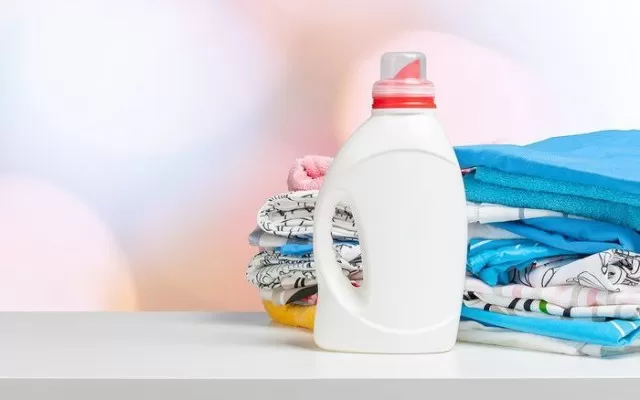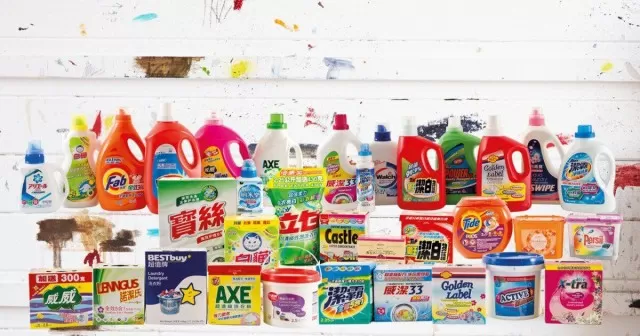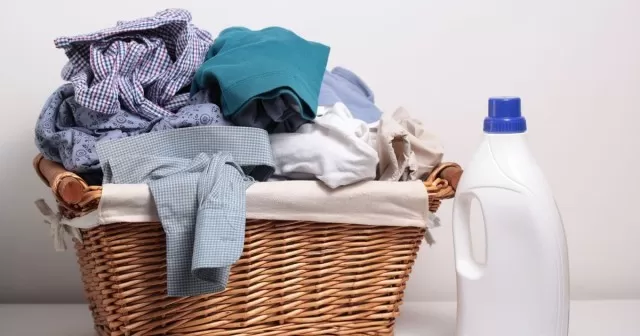Discover the laundry room blunders you may be making to prevent mishaps like shrunken sweaters and stained sheets. Learn the dos and don’ts of laundry for pristine results and well-maintained clothing and linens.
Master the Art of Laundry: Avoiding Common Mistakes

Doing laundry may seem like a simple task, but there are several common mistakes that can damage your clothes or leave them less than fresh.
In this article, we will explore 15 surprisingly common laundry errors and provide tips on how to avoid them. By being mindful of these mistakes, you can improve your laundry routine, prolong the lifespan of your garments, and ensure they come out looking and smelling their best.
Prevent Setting Stains in the Dryer
Treating stains promptly is crucial before washing and drying your clothes.
Heat from the dryer can set stains into the fabric, making them harder to remove. Pre-treat stains, especially those that are oily, colored, or heavy, before washing the garment. Check for stain removal at the end of the wash cycle, and if necessary, treat the stain again before washing it a second time.
Addressing Mysterious Oil Blotches

If you notice small oil blotches on your dark clothing after removing them from the dryer, fabric-softening sheets may be the culprit.
These sheets can sometimes leave oily stains, especially if using off-brand products. To remove these spots, rub the stains with a small amount of soap and rewash the clothing without using detergent or fabric softener.
Exercise Due Diligence
Before tossing your clothes into the washer, it’s important to check pockets for items such as food, tissues, pens, or money.
Both children and adults can overlook this step, leading to ink-stained clothing or bits of Kleenex spread throughout the load. Taking a moment to check pockets before starting the laundry can prevent these mishaps.
Mastering the Art of Laundry: Tips for Maintaining Clean and Long-Lasting Clothes

By being mindful of common laundry mistakes and implementing these simple tips, you can elevate your laundry game and ensure that your clothes remain in great condition. Taking good care of your garments not only helps them look their best but also extends their lifespan, saving you money in the long run. Here are some additional tips to help you achieve excellent laundry results:
Sort your laundry properly
Sorting your laundry before washing is crucial to prevent color bleeding and fabric damage. Always separate whites, darks, and colors to avoid any potential color transfer. This way, you’ll maintain the brightness of your whites and prevent your colored garments from fading.
Read garment labels
Before tossing your clothes into the washing machine, take a moment to read the care instructions on the garment labels. These labels provide valuable information about the recommended water temperature, washing cycle, and whether the item can be tumble dried. Following these instructions will help prevent damage and preserve the quality of your clothes.
Use the right detergent: Choosing the correct detergent for your laundry is essential. Different fabrics and colors may require specific types of detergents. For example, delicate fabrics like silk or wool often require gentle or specialized detergents. Using the right detergent ensures effective cleaning while minimizing the risk of damage to your clothes.
Avoid overloading the washing machine
While it may be tempting to fit as many clothes as possible into a single load, overloading the washing machine can lead to inadequate cleaning and increased wear and tear on your garments. Aim to leave some room for your clothes to move freely during the wash cycle, allowing the detergent and water to reach all areas evenly.
Select the appropriate water temperature
Most modern washing machines offer various temperature settings. Choosing the right water temperature is crucial for different types of clothing. Hot water is suitable for whites and heavily soiled items, while cold water is ideal for delicate fabrics and colored garments to prevent color fading and shrinking.
Be cautious with fabric softener
Although fabric softener can make your clothes feel soft and smell great, excessive use can leave a residue on the fabric and reduce their absorbency. Instead of pouring fabric softener directly into the washing machine, consider using dryer sheets or adding it during the rinse cycle.
Treat stains promptly
Treating stains as soon as they occur is essential for successful stain removal. Don’t let stains sit for long periods before attempting to remove them, as they can become more stubborn over time. Refer to stain removal guides or follow specific instructions for different types of stains to effectively tackle them.
Address mysterious oil blotches
If you notice oil blotches on your clothes after washing, it could be due to a build-up of detergent or fabric softener residue in your washing machine. To resolve this, run an empty hot water cycle with vinegar or a specialized washing machine cleaner to remove any residue.
Check pockets thoroughly
Before loading your clothes into the washing machine, remember to check all pockets for any forgotten items. Coins, pens, or other small objects left in pockets can cause damage to both your clothes and the washing machine. Additionally, they can create a mess if they break or leak during the wash cycle.
Air dry when possible
Whenever possible, consider air drying your clothes instead of using a dryer. Air drying is gentler on fabrics and helps reduce energy consumption. Hang your clothes on a clothesline or use a drying rack to preserve their shape and prevent shrinkage.
By following these additional tips along with the ones mentioned earlier, you can master the art of laundry and enjoy well-maintained clothes for years to come. With a little care and attention, your garments will remain clean, fresh-smelling, and in excellent condition, saving you money and ensuring you always look your best.
*The information is for reference only.